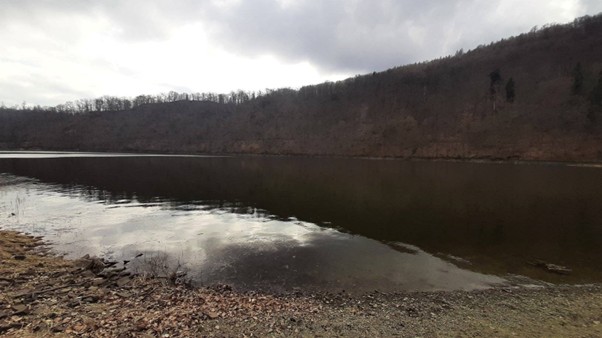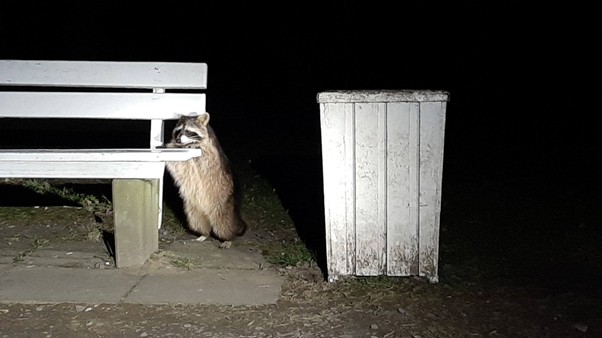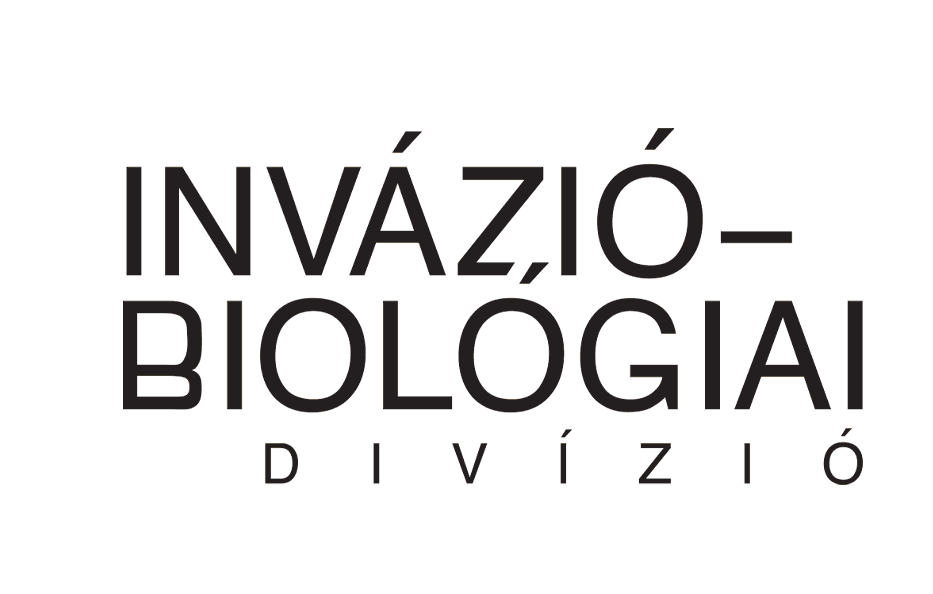The raccoon is one of the most widespread invasive mammal species in Europe. Its expansion on the continent dates back to 1934, when the first few individuals were released in Germany. Since then, their numbers have grown to several hundred thousand, and they are becoming increasingly common in many other European countries, including Hungary.
The 3rd EURORACCOON Meeting was recently held, where raccoon researchers presented their latest work and discussed the management of the species. Three of us from the Hungarian University of Agriculture and Life Sciences participated in the event and gave presentations about our work in the Invasion Biology Division of the National Laboratory for Health Security, Hungary. We presented the raccoon wildlife camera trap studies, which confirmed the nest predation effect of the species, and described the annual occurrence of raccoons in their most important habitat in Hungary; our results on the condition and reproductive biology of raccoons in Hungary; and the experiences of the first local eradication program of the country, implemented for the species.

The conference took place at the Seminarzentrum Edersee event venue in the Kellerwald-Edersee National Park, Germany – at the historic site where the raccoon’s European conquest began.
During the three-day event, in addition to the professional activities, the researchers visited natural habitats, including a primeval beech forest, where raccoons are becoming an increasingly significant part of the ecological community, and also took an evening raccoon-watching tour in the nearby “raccoon capital” of Kassel, where they witnessed the species in large numbers and discussed their management in the city. For those who were up to some culinary adventures, the program was also enriched with a “raccoon barbecue”.
One of the important findings of the meeting was that although the raccoon is an extremely successful predator with a diverse diet and can also spread infections, there is hardly any research that would prove its actual significant impact. Therefore, there is a great need for such targeted research. In some places, the complete eradication of the species seems hopeless, but its spread to areas not yet occupied can be prevented. In Hungary, its population could still be kept under control with well-organized interventions.
Participants of the event would like to see next year’s conference on the Gödöllő Campus of the Hungarian University of Agriculture and Life Sciences, in Hungary.
Participants from the Division of Invasion Biology of NLHS: Dr. Krisztián Katona, Dr. Zsolt Biró, Balázs Bócsi




